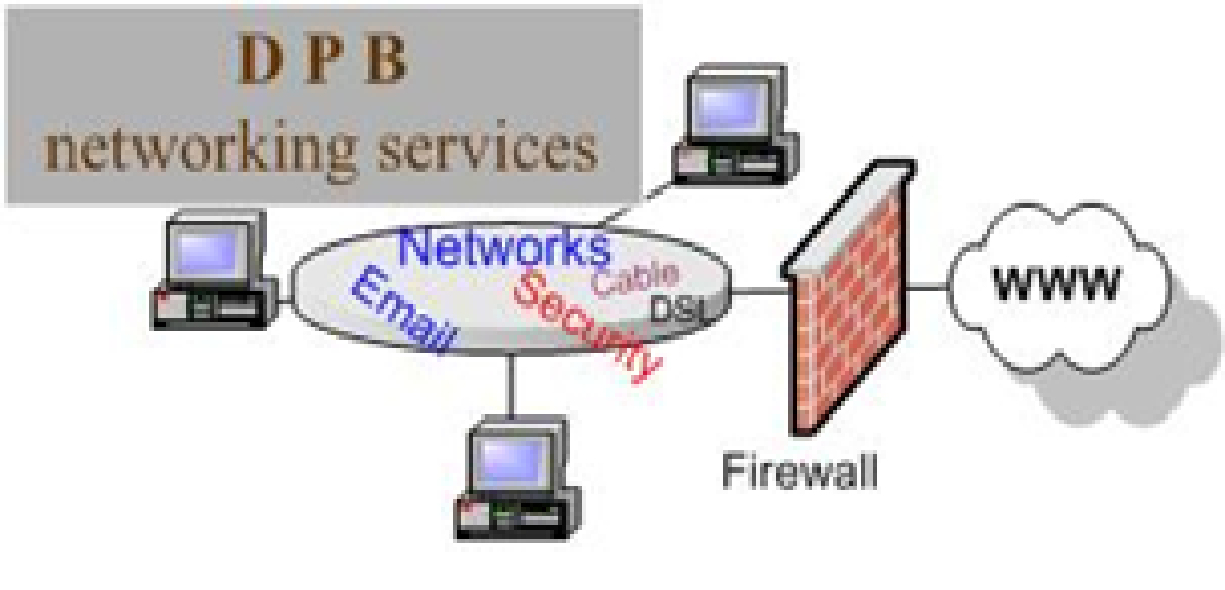The client intake process is the first step towards what will hopefully become a successful attorney-client relationship, but it is also useful for quickly identifying potential problems or matters that you would prefer not to handle. A productive intake process includes two main elements – ease and efficiency. It can be handled quickly, with little to no stress. It is also organized and effective at saving time and money should the potential client turn into a paying client. The following are some tips on improving the ease and efficiency of your client intake process, so you can get the most out of this valuable tool.
Keep it simple
While the intake process is an important aspect of your law firm’s business, it is also time that may not generate any revenue, which is one reason why you want to make the process as quick and easy as possible for you and your staff. The process generally involves two main goals – determining whether this potential matter is a right fit for your practice and gathering information to onboard the case if appropriate. Let’s begin with the first goal. You do not want to waste time and resources evaluating the details of a case that you will not be handling. One way to avoid this situation is implementing a pre-screening process to gather preliminary information about the potential matter. You can do this with a form on your website or an email that is automatically sent to new clients who contact the office. These tools allow you to easily weed out clearly unsuitable cases.
For example, you have a busy transactional practice. A potential client contacts you to handle a matter that turns out to be more of an employment law matter. With a pre-screening process, you can easily identify the subject matter of the case and quickly determine whether a consultation is even necessary, before wasting valuable time.
Now, let’s discuss the second goal of the intake process, which is onboarding appropriate client matters. Organization is key to simplifying this process. Create a standard system that utilizes the same general processes for each client intake. It may include such tools as:
- A checklist to ensure that all initial agreements are executed, necessary information is obtained, and retainers are paid.
- Preprinted forms specifically geared towards specific areas of law you practice. This is particularly helpful if you represent various types of cases in a general law practice.
- A procedure where support staff oversees the execution of forms prior to your meeting with the client. This way you can review the documents beforehand, to make the meeting more focused and effective.
- Develop your questions ahead of time so you have an established plan of attack for the consultation and create a time limit, so you do not end up wasting time on information that is not pertinent or necessary for the case.
Remember that creating an easy intake process not only benefits you, but it also benefits the client. When trying to secure a new matter, you want to show the client that you respect their time, as well as your own. While some clients prefer the personalization of an in-office meeting, others may not have the time or ability to physically travel to your office. Consider implementing an optional automated intake process, where the client can complete forms and the intake process without even coming into the office. There are so many online communication options on the market, that you are sure to find one that meets your client’s needs and your professional responsibilities.
Make it efficient
Now that we have explored the ease of your intake process, let’s move on to making it more efficient. Have you ever started working on a case, only to find that you do not have such pertinent information as opposing counsel’s name or an upcoming court date? Now, you not only have to double back and gather information that you should already have, but you may also find yourself asking clients to answer questions that they already answered. (Not a good way to start a relationship.) Your client intake process should effectively provide you with the information and resources you need to begin working on the new matter. Therefore, it is important to ask the right questions. Take some time to review and update your intake forms to ensure that they are comprehensive. Make sure that you’re asking for the information you will need to adequately begin the case. Once the client completes the forms, have support staff review them for completion. That way, if clients leave off necessary information, your staff can have them correct it immediately.
Efficiency is also improved with the use of online forms. They not only simplify the intake process, they are also valuable to improving productivity. Even if you have the client complete the forms in office, all it takes is the provision of a laptop or tablet to immediately add the responses into your computer system, saving your support staff the time it takes to type client information later. With an automated system they can simply import the client’s information into your practice management and legal billing software. TimeSolv legal time tracking and billing software offers integration with NetDocuments, so client intake files and emails will automatically be accessible within TimeSolv’s platform. This type of innovation helps you create an intake process that is useful and efficient for all members of your staff.
One last tip. Make calendaring a regular part of your intake system. If a potential client has upcoming court dates or meetings scheduled, get those appointments on the calendar immediately. Why risk missing a deadline or the opportunity to ask for a continuance because intake forms are waiting to be reviewed? Calendar immediately to make sure you are there when your client needs you.
Remember – ease and efficiency are key to a successful client intake process. By making a little effort to organize and reboot your intake system now, you can save your law office valuable time and money for years to come.
About Erika Winston:
Erika Winston is a freelance writer with a passion for law. Through her business, The Legal Writing Studio, she helps legal professionals deliver effective written messages. Erika is a regular contributor to TimeSolv and a variety of other publications.













